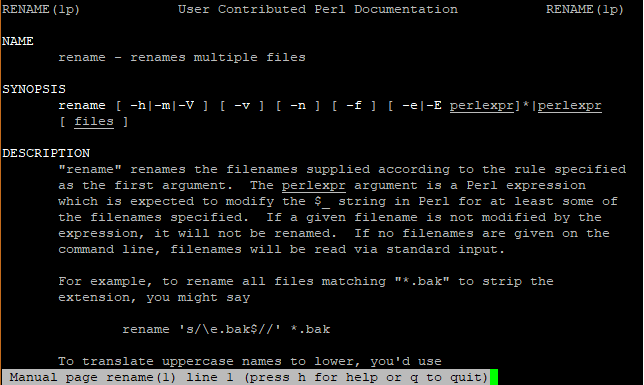

Note that the second argument is the new file name and not a directory name. Next, we use mv command to rename it to new1. There is a file new in the current working directory.

So if you wanted to rename extensions of. To do this write the new file name instead of writing the target directory name. This command works only in the directory you’re in. You can do that with this command: rename. For example, say you have a folder with 100s of jpeg files, and you want to rename them to. And, believe it or not, it was on this day in 1955 (yes, 67 years ago!) that the first-ever computer user group was formed called SHARE. To rename all file extension in a folder we can just use the rename command. Up and at 'em, everyone! We've arrived at Monday.

Maybe you got them as attachments, though.Īlthough find is slick, it has a few traps. gz? Are they gzips with the wrong names, or do you really want them to be actually gzipped now? It is really going to confuse people to just call files. I don't see how this would work, on quite a few levels.įind TEST -type f -exec mv ' for the filename.įifth, how come these.


 0 kommentar(er)
0 kommentar(er)
